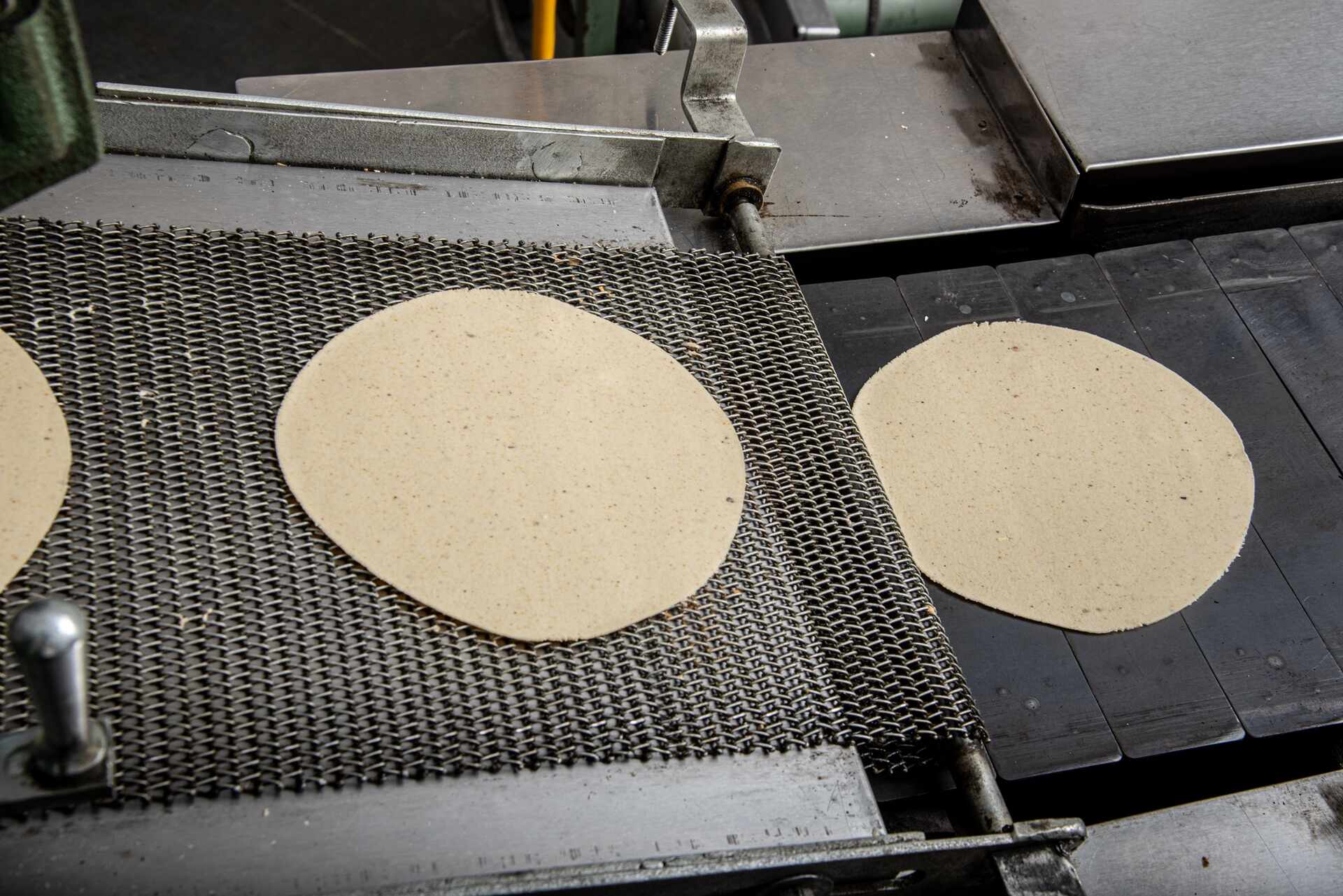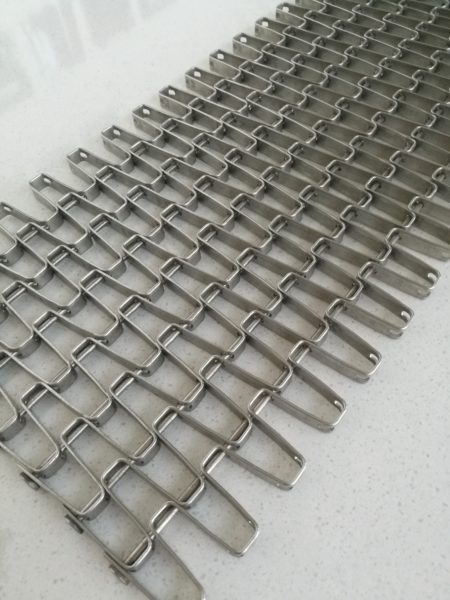Choosing the right type of conveyor belt is crucial for ensuring the smooth operation of food manufacturing processes. Conveyor belts play a vital role in transporting products through different stages of production, from raw material handling to final packaging. Therefore, it’s essential to select a conveyor belt that aligns with your food manufacturing requirements, ensuring efficiency, reliability, and compliance with food safety standards.
In this comprehensive guide, we will discuss the different types of conveyor belts commonly used in food manufacturing and provide insights to help you make an informed decision when selecting the most suitable conveyor belt for your specific needs.
We will delve into factors such as belt materials, sanitary requirements, and load-bearing capacity, which should be considered when choosing a conveyor belt for your food manufacturing operation.
Considerations for Conveyor Belt Selection
When selecting the most suitable conveyor belt for your food manufacturing operation, consider the following factors:
1. Belt Material: Conveyor belt materials play a significant role in determining belt suitability for specific food manufacturing processes. Food-grade materials such as polyurethane, PVC, silicone, and Teflon are commonly used due to their chemical resistance, good hygiene properties, and temperature tolerance.
2. Sanitary Requirements: Hygiene is a critical consideration in food manufacturing. Conveyor belts must comply with sanitary standards, such as those set by the 3-A Sanitary Standards, Inc., to ensure cleanliness, durability, and safety.
3. Load-Bearing Capacity: The load-bearing capacity of the conveyor belt is an essential factor to consider, as it impacts the belt’s ability to handle products of various weights and sizes, as well as maintain efficiency and reliability during operations.
4. Operating Environment: Consider the temperature, humidity, and potential exposure to chemicals or cleaning agents in your food manufacturing environment when selecting a conveyor belt, as these factors can affect belt performance and lifespan.
Types of Conveyor Belts in Food Manufacturing
There are various types of conveyor belts used in food manufacturing, each offering unique advantages based on specific applications:
1. Flat Belt Conveyors: Flat belt conveyors are among the most common and versatile conveyor types used in food manufacturing. These conveyors utilise a continuous flat belt made of food-grade materials and supported by rollers or a flat slider bed. Flat belt conveyors are highly configurable and can handle a wide range of food products, making them an ideal choice for many food processing applications.
2. Modular Plastic Belt Conveyors: Modular plastic belt conveyors are characterised by their interlocking plastic modules, which create a strong, durable, and low-maintenance conveyor belt system. These conveyors are widely used in food manufacturing due to their easy-clean design, high load-bearing capacity, and resistance to chemicals and bacterial growth.
3. Cleated Belt Conveyors: Cleated belt conveyors are designed with small vertical cleats, which help to improve product stability during elevation changes, such as in incline or decline applications. Cleated belt conveyors are particularly beneficial for food manufacturers dealing with products that require a gentle incline or products that could potentially roll or slide on a flat conveyor belt surface.
4. Sanitary Belt Conveyors: Sanitary belt conveyors are specifically designed to meet stringent hygiene and safety requirements in food manufacturing. These conveyor systems often feature easy-to-clean, open-frame designs to minimise the risk of bacterial growth and contamination. In addition, many sanitary belt conveyors comply with 3-A Sanitary Standards, ensuring optimal cleanliness and food safety.
Steps to Choose the Right Conveyor Belt for Your Food Manufacturing Operation
Follow these steps to select the most suitable conveyor belt for your food manufacturing needs:
1. Assess Your Application: Determine the specific requirements of your food manufacturing application, such as product weight, size, and shape, required throughput, and environmental conditions.
2. Research Available Conveyor Belt Options: Familiarise yourself with the various conveyor belt types available for food manufacturing applications, including their advantages and limitations.
3. Consult with Conveyor Belt Experts: Seek advice from industry experts, like Change Parts, to discuss your specific needs and requirements. Expert guidance can help you make an informed decision that meets your food manufacturing operation’s unique needs.
4. Evaluate Cost and Maintenance Requirements: Consider the initial investment, ongoing maintenance costs, and potential long-term value when selecting a conveyor belt.
5. Implement Your Chosen Conveyor Belt System: Once you have selected the most suitable conveyor belt, work with experienced professionals to ensure proper installation, configuration, and training for your staff.
Final Thoughts
Choosing the right conveyor belt is crucial to ensure the smooth and efficient operation of your food manufacturing processes. By considering factors such as belt material, sanitary requirements, load-bearing capacity, and operating environment, you can make an informed decision that meets your specific production needs.
With the right conveyor belt in place, you can minimise downtime, maintain compliance with food safety standards, and maximise overall efficiency in your food manufacturing operation.
If you need expert guidance to help you select the most suitable conveyor belt for your food manufacturing operation, look no further than Change Parts. Contact our conveyor belt manufacturers today to access personalised advice, top-quality conveyor belt products, and comprehensive support that will ensure your food manufacturing processes run smoothly and efficiently.




